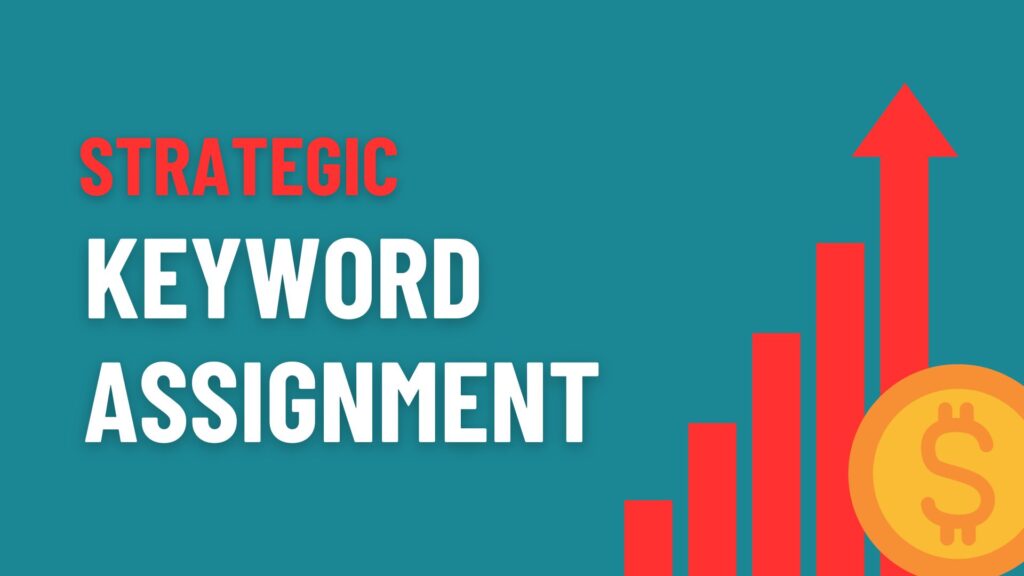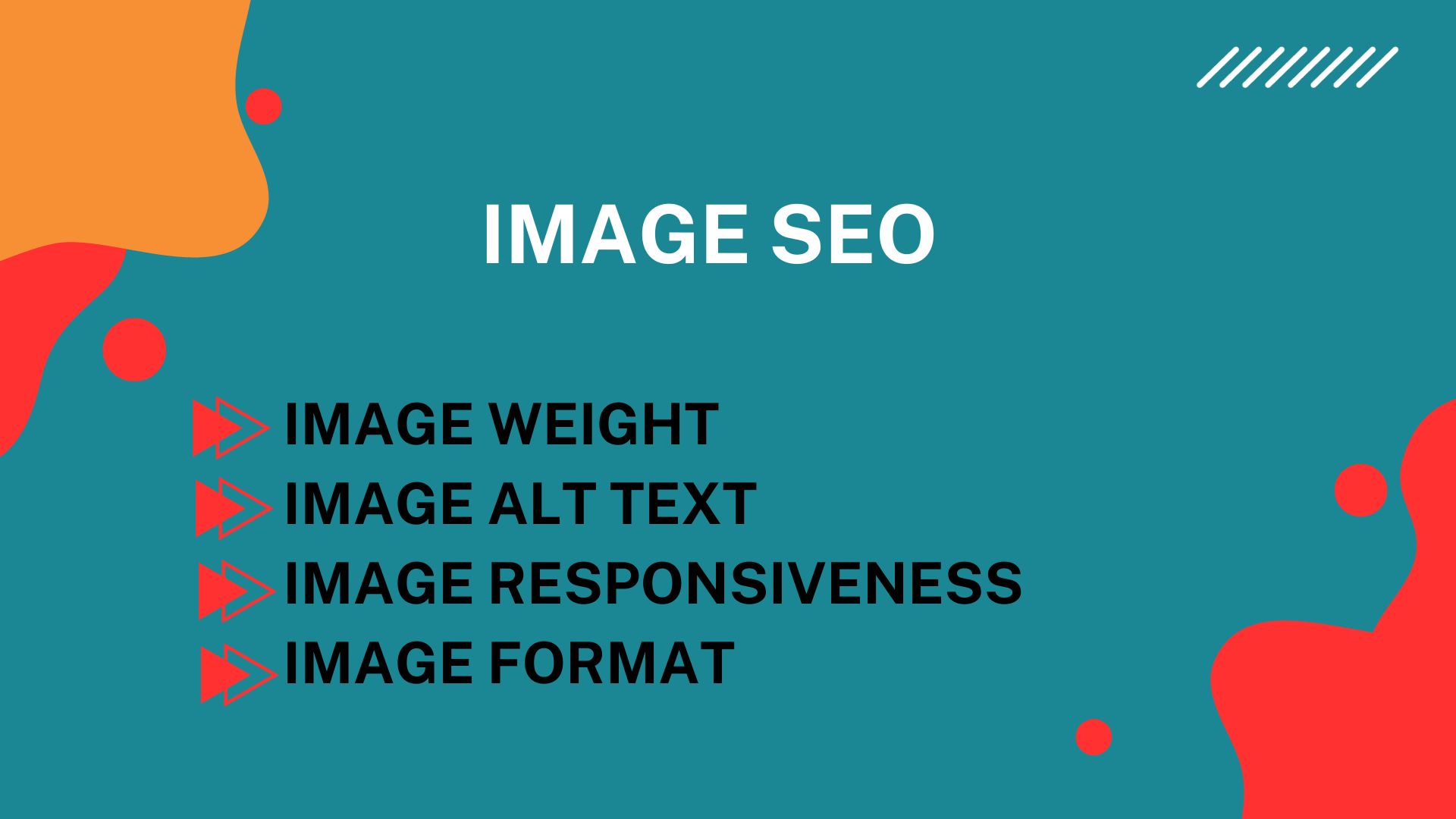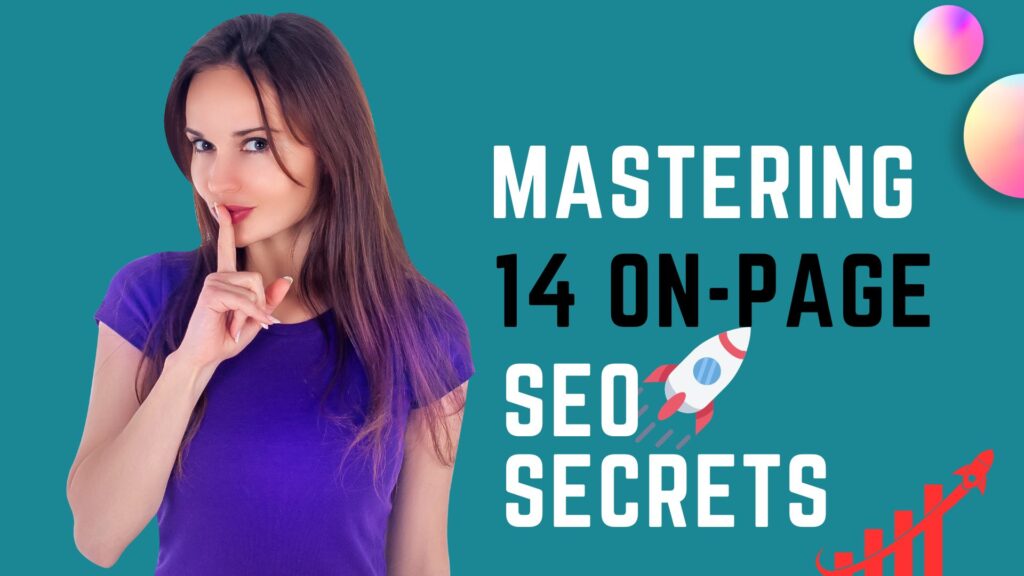The Ultimate Guide to 14 On-Page SEO Secrets for Enhanced Visibility and Rankings
In the digital age, a strong online presence is critical for success, and that hinges significantly on a website’s visibility in search engine results. On-page SEO stands as the cornerstone for achieving these milestones, encompassing a spectrum of meticulous practices and methodologies meticulously implemented within a website.
Here are 14 On-Page SEO Secrets to Skyrocket Your Website’s Search Engine Ranking
Keyword Research
Keyword research forms the bedrock of successful on-page optimization. It involves meticulous analysis to unearth keywords that resonate with user search intent. By identifying high-performing keywords aligned with the audience’s queries, we pave the way for strategic integration throughout the website’s content and structure.
Strategic Keyword Assignment
Once we’ve unearthed these nuggets of relevance, the next crucial step lies in strategic keyword assignment. Intelligently weaving these keywords into various elements—titles, headings, meta descriptions, and content—ensures not only alignment with search engine algorithms but also enhances the content’s relevance to user queries.

Crafting Compelling Meta Tags
Meta tags, comprising meta titles and descriptions, serve as the website’s first impression in search results. Optimizing these snippets with pertinent keywords and captivating information not only entices users but also augments click-through rates, steering traffic toward the site.
Heading Optimization
Structuring content with well-optimized headings (H1 to H6) augments readability and relevance. By seamlessly integrating relevant keywords into headings and subheadings, we not only aid user comprehension but also signal content significance to search engines.
Content is King
Crafting high-quality, engaging content remains pivotal. Material that satisfies user queries, incorporates keywords seamlessly, and promotes interaction and dwell time is the heartbeat of successful on-page optimization.
Image SEO (Alt Text/Image Weight/Image Format/Image Responsiveness)
Images aren’t merely decorative; they also serve as SEO assets. Optimizing images with descriptive alt text, managing image weight for swift loading, and ensuring responsiveness across devices add layers to content optimization.

URL Optimization
URL structuring goes beyond mere addresses; it’s about user understanding and search engine indexing. By crafting concise, descriptive URLs infused with pertinent keywords, we augment both user comprehension and search engine visibility.
Navigating the Site Structure
A website’s architecture and navigation are the pillars of user experience. Organizing these components to be user-friendly, easily crawlable, and logically structured elevates both user satisfaction and search engine indexing.
Eliminating Duplicate Content
Duplicate content can hinder search engine performance. Identifying and eliminating duplicates ensures that the original, valuable content retains priority in search engine rankings.
Strategic Linking Building
In the field of digital marketing, the strategic use of linking, encompassing both internal and external links, emerges as a pivotal tactic. Internally linking pages not only facilitates seamless navigation for users but also contributes to the overall authority of your website. This interconnected structure enhances the user experience by guiding visitors through relevant content within your domain. On the other hand, the deliberate incorporation of external links serves to elevate your website’s credibility and value. By referencing reputable sources or complementary content, you establish a network of trust with your audience, positioning your site as a valuable resource within your industry. This dual approach to linking, both internal and external, plays a crucial role in optimizing the overall performance and user perception of your online presence.
Harnessing Rich Snippets
Implementing structured data markup using Schema.org provides added context to search engines. Rich snippets enhance search results, providing users with more comprehensive information and increasing visibility.
Accelerated Mobile Pages (AMP)
Creating AMP versions of web pages accelerates loading times, especially on mobile devices. Improved user experiences on slower connections can significantly impact search rankings.
Canonical Tags
Canonical tags play a crucial role in search engine optimization by specifying the preferred version of content, consolidating link equity, and mitigating issues associated with duplicate content. By designating a canonical URL, website owners guide search engines to prioritize a specific page over its duplicates, streamlining the indexing process and enhancing overall site performance. This strategic implementation not only helps to maintain a consistent user experience but also ensures that search engines allocate link authority to the preferred version, optimizing the website’s visibility and search rankings. In essence, canonical tags serve as a valuable tool in web optimization, promoting better search engine understanding and improving the overall efficiency of online content management.
Collectively, these on-page SEO practices culminate in enhancing a website’s visibility, relevance, and user experience. By meticulously applying these methodologies, websites can positively impact their search engine rankings and organic traffic.
Distinguishing between SEO Types & Strategies – Gray, Black, White Hat SEO
To ensure sustained success, it’s imperative to regularly audit and refine on-page optimization efforts. Stay abreast of industry trends, update content, adapt to evolving search algorithms, and prioritize user-centricity in all optimizations. Strive for excellence in content quality, usability, and technical optimization, aiming not just to rank higher but to provide genuine value to visitors.
Remember, on-page SEO isn’t just about meeting search engine criteria; it’s about crafting meaningful digital experiences that resonate with users while aligning with search engine guidelines. By continuing to refine and implement these strategies effectively, websites can secure a competitive edge, fostering sustained growth and prominence in the digital landscape.


